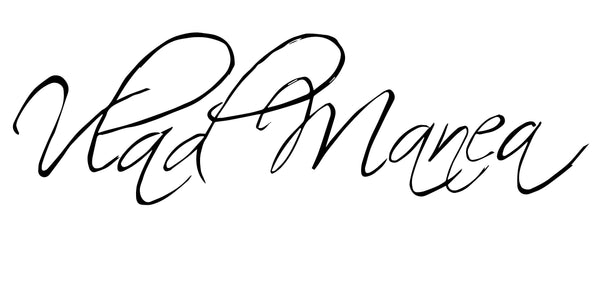Why Presets Look Different on Different Photos
Share
Every photo is unique. Lighting conditions, exposure, white balance, and color tones can vary widely—even when shooting in the same location. Here are a few reasons why a preset might look completely different from one image to another:
-Lighting Conditions: A preset designed for golden hour might not look great on a photo shot at noon.
-Camera Settings: Changes in ISO, aperture, and shutter speed can drastically affect the way the preset interacts with your image.
-Color Casts: Photos taken under different lighting (e.g., tungsten vs. daylight) can have strong color casts that a preset might exaggerate.
-Subject Matter: Skin tones, landscapes, cityscapes—each subject reflects color differently and reacts differently to the same adjustments.
Presets Are a Starting Point, Not a Final Destination
The biggest mistake new photographers make is assuming a preset will do all the work. In reality, a preset should be seen as a starting point for your edit. Here’s what you usually need to tweak after applying one:
-Exposure: Adjust the brightness to suit your specific photo.
-White Balance: Warm it up or cool it down for accurate or stylized color.
-Shadows/Highlights: Tweak to bring back detail or emphasize contrast.
-Saturation/Vibrance: Every scene has different color intensities—make it pop without overdoing it.
How to Make Presets Work for You
Here are a few tips to get consistent results with presets:
-
Shoot in RAW – This gives you more flexibility when editing.
-
Use the Same Camera Settings for Similar Shoots – It helps create a baseline for how the preset behaves.
-
Learn to Edit Manually – Understand what each slider does. That way, you can adjust with confidence after applying a preset.
-
Create Your Own Presets – Once you dial in a look you love, save it as your own custom preset.
The Bottom Line
Presets don’t magically make every photo look amazing—but when used correctly, they’re an incredibly powerful tool to speed up your workflow and establish a consistent aesthetic. Just remember: a preset is a creative assistant, not a replacement for your eye as an artist.
So the next time a preset doesn’t look “right” straight out of the box—don’t delete it. Tweak it. Customize it. Make it yours. That’s where the magic really happens.
If you’d like to get your hands on professional presets that are designed for flexibility across a variety of lighting conditions, check out my Presets pack + Masterclass . You’ll not only get beautiful tones—but also learn how to make every image shine, no matter the lighting.
